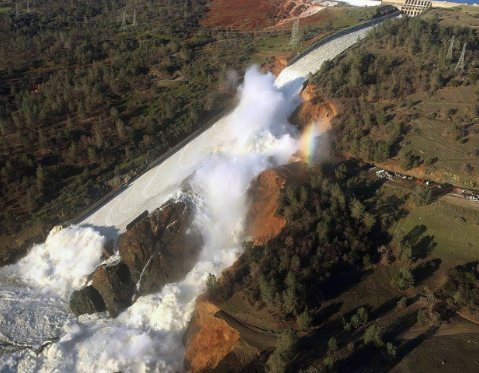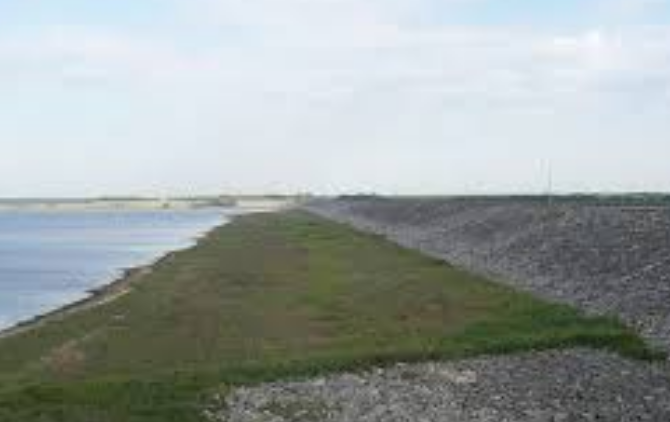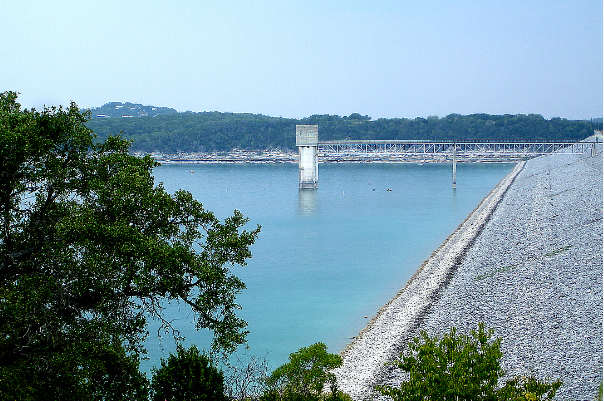
5 of the 6 Riskiest Dams Are in Just Two States
In 2017, California’s Oroville Dam nearly failed, forcing 180,000 people to evacuate. In 2020, two Michigan dams collapsed, flooding entire towns. And just last year, a dam in North Carolina overtopped during Hurricane Helene. These aren’t rare “once-in-a-lifetime” events anymore—they’re becoming warning flares for a growing national problem: America’s dams are aging, and extreme weather is turning up the pressure.
A new study published in Nature Communications dives deep into the question: Are our dams more likely to be overtopped today than they were 50 years ago? The answer—based on half a century of data from 33 major U.S. dams—is a worrying yes.
The Research in a Nutshell
The scientists behind the study—Eunsaem Cho, Ebrahim Ahmadisharaf, Gabriele Villarini, and Amir AghaKouchak—looked at 50 years of water-level data for large dams across the country. But instead of just checking if water levels were going up, they used advanced statistical modeling to calculate the probability that water could rise above a dam’s crest (called overtopping).
Why is that important? Because overtopping is a major red flag. It doesn’t always mean a dam will fail instantly, but it dramatically increases the risk of catastrophic failure.
The Big Picture: Risk Is Growing
Here’s the headline:
- Fewer dams are in the “very low risk” category today than in the 1970s.
- More dams are now in the “critical” risk category, meaning they exceed the Federal Emergency Management Agency’s safety guidelines.
- In recent decades, the number of high-risk dams has actually outnumbered safer ones.
The study grouped dams into four risk levels:
- Very Low (<0.01% annual overtopping probability)
- Low (0.01%–0.1%)
- Moderate (0.1%–1%)
- High (>1%)
The last three are “critical,” and the number of dams in those categories has climbed significantly.
The Hot Zones
Geography matters. The riskiest dams weren’t spread evenly across the country. The Southern Great Plains—particularly Texas and Kansas—stood out as overtopping hot spots. This region regularly faces hurricanes, severe storms, and flooding from Gulf moisture systems.
From the analysis, six dams topped the danger list:
- Canyon (TX)
- Kanopolis (KS)
- Milford (KS)
- Somerville (TX)
- Whiskeytown (CA)
- Whitney (TX)
Five of these are in Texas or Kansas. All are classified as “high hazard,” meaning failure could cause major loss of life.
Some are alarmingly close to communities. Somerville Dam is just 1.7 km from a town of the same name. Canyon Dam sits upstream from nearly 100,000 people in New Braunfels, TX.


Why This Is Happening
You might think overtopping risk would directly track with water levels—more water equals more risk. But the study found that wasn’t the case. Most dams didn’t show significant long-term increases in water level. Instead, overtopping risk is influenced by a mix of factors:
- More intense rainfall events, especially in the Southern Great Plains
- Storm patterns that cluster heavy rain into shorter timeframes
- Dam design limits based on outdated climate assumptions
- Reduced storage capacity from sediment buildup
Essentially, it’s not just about “more water.” It’s about when and how that water arrives—and whether the dam’s design can handle it.
The Method Twist
Here’s where the science gets cool. Instead of assuming that dam risk stays the same over decades, the researchers used 30-year rolling “windows” to update their probability calculations. Imagine looking at risk through overlapping photo albums—1973–2002, then 1974–2003, and so on.
This let them see changes over time, not just a single snapshot. And it revealed trends traditional methods would miss—like that two Kansas dams, Kanopolis and Milford, are showing statistically significant increases in overtopping probability.
The Social Stakes
Aging infrastructure + more extreme weather + bigger populations downstream = higher stakes. Some of the highest-risk dams in this study were built more than 70 years ago. And while not every dam is near a city, one failure can still devastate downstream communities, economies, and ecosystems.
The American Society of Civil Engineers already gives U.S. dams a D+ grade and estimates it would cost $185 billion to bring them up to modern standards. That’s a big bill—but compared to the cost of a major failure, it may be a bargain.
What We Can Do
This study isn’t just a list of problems. It’s also a call for proactive dam management:
- Regularly update risk assessments to reflect changing weather patterns.
- Review and modernize operation rules to handle extreme events.
- Invest in structural upgrades for high-hazard dams.
- Improve public transparency so downstream communities understand their risk.
And yes, that $185 billion price tag is big—but climate change isn’t giving us a discount for waiting.
Let’s Explore Together
The researchers have given us a rare, clear view of how dam risk is changing over time. Now the question is: What will we do with that knowledge?
- How do you see this research affecting your life?
- What’s the smartest investment we could make to protect communities?
- What’s the coolest (or scariest) science fact you’ve learned recently about infrastructure?
Share your thoughts. The water is rising—and so is the conversation.



